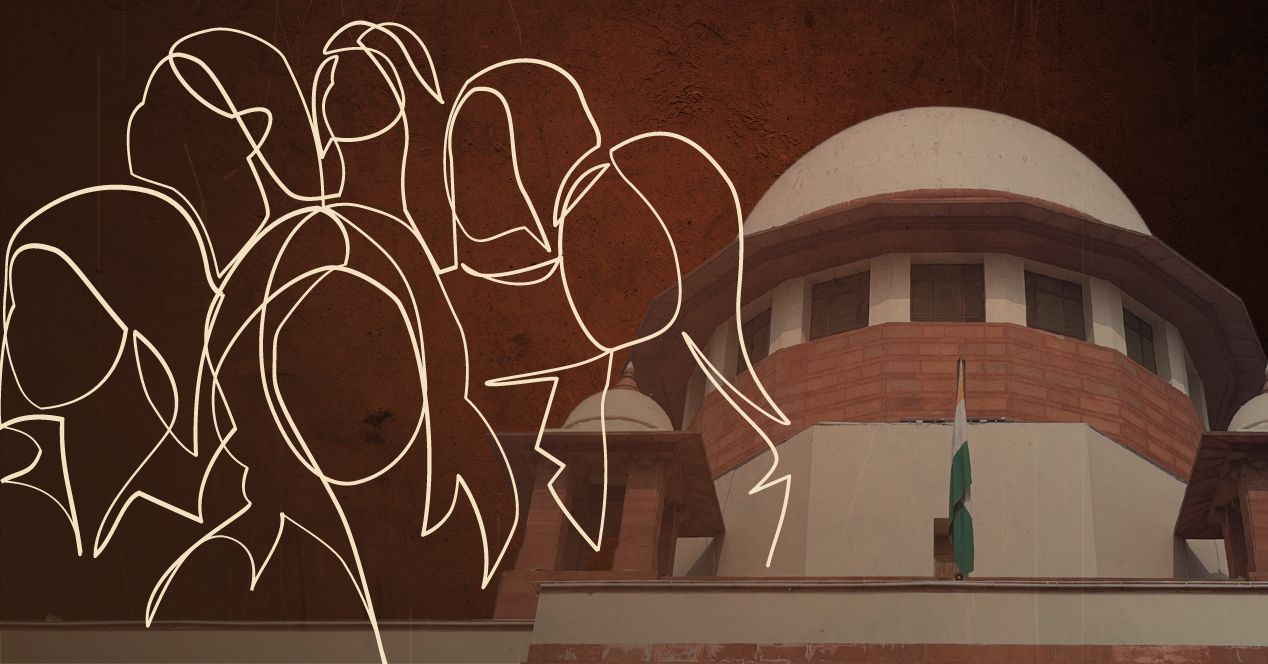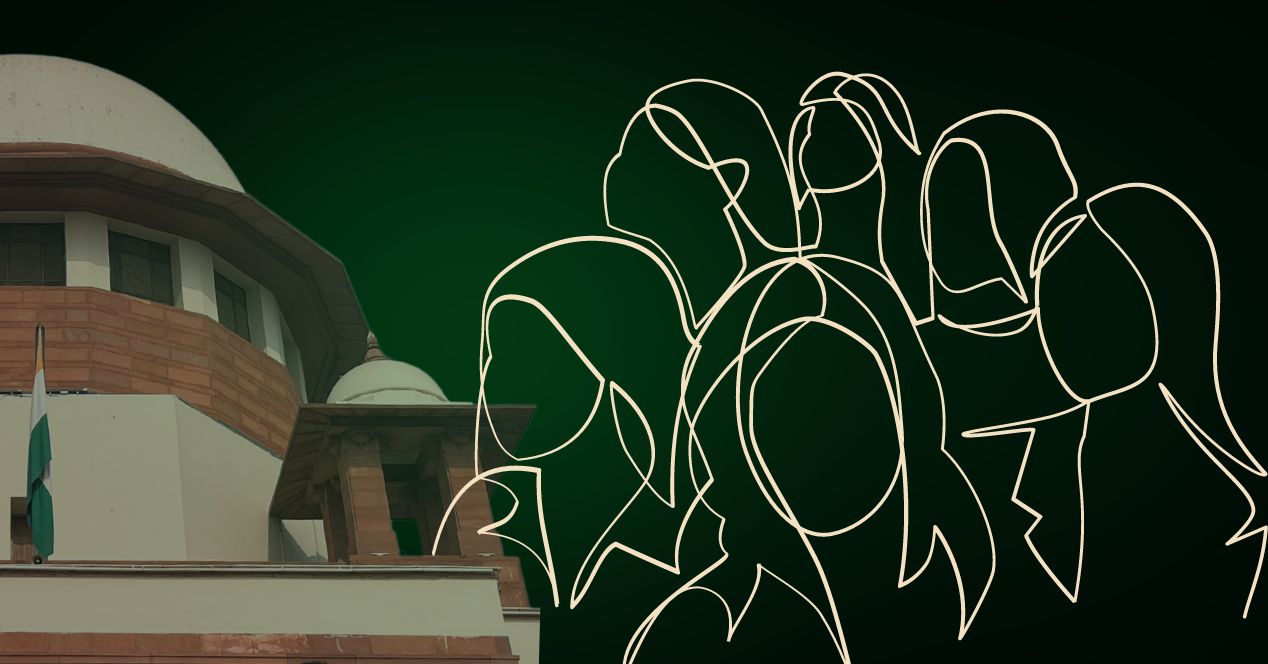Channel
R.G. Kar Medical College rape and murder case: Updates from the Supreme Court
Everything that happened at the Supreme Court over five days of hearings in the R.G. Kar rape and murder case
Transcript:
Hello everyone, and welcome to SCO’s channel. I’m Sai Spandana. Today I’m going to talk about the R.G. Kar Medical College and Hospital’s rape case.
In a gruesome event that has shaken public conscience, a woman trainee doctor at Kolkata’s R.G. Kar Medical College and Hospital was raped and murdered on 9th August 2024. On 18th August, the Supreme Court of India took suo moto cognizance of the case, in addition to the Kolkata High Court, which was already hearing the case. By this point, the Kolkata High Court had ordered a CBI probe in the matter.
So far, the case has been heard by the Supreme Court four times. Chief Justice D.Y. Chandrachud, along with Justices J.B. Pardiwala and Manoj Mishra, heard the case for the first time on 20th August 2024. During the hearing, the bench expressed concern over the virtual absence of safe working conditions for doctors in public hospitals. To address this issue, they set up a national task force to formulate a protocol for the safety of doctors and directed the CBI to submit a status report of its investigation.
On the second day of hearings, on 22nd August, Senior Advocate Kapil Sibal, appearing for the state of West Bengal, said that “normalcy should return.” The courtroom was packed with advocates representing a number of doctors’ associations. The Chief’s bench had assembled to review the CBI status report. ‘Normalcy,’ however, is hard to imagine at this point. The prevailing feelings are still rage, disappointment, fear, and exhaustion. Even reporting and writing about the case is an emotionally draining endeavor.
The reason is plain. Instances of sexual assault and gender violence have a way of rattling our core, causing us to question whether we’ve made any progress at all. Back in 1997, the Supreme Court’s Visakha verdict established guidelines to safeguard against sexual harassment at the workplace. Yet 27 years later, the court is still confronted with the grim reality of a young doctor’s brutal rape and murder at her workplace. Meanwhile, the shadows of Nirbhaya, Disha, Hathras, Manipur, and countless other instances loom large.
Some have criticized the court’s intervention as an attempt to gather brownie points and insert itself into a national moment. But the court’s involvement may be more nuanced than the allegations of perception-building suggest. Historically, the court’s suo moto powers have evolved in tandem with the innovation of public interest litigation, where the procedural rules of locus are relaxed to serve the interests of justice. Article 32 of the Constitution empowers the Supreme Court with jurisdiction in constitutional and public law matters. Over time, this provision has been interpreted to enable the court to initiate cases without the need for a formal petition. Suo moto cases can be based on media reports, letters, and mentionings.
Sunil Batra in 1979, one of the earliest suo moto cases, was based on a letter written to a judge about the torture of prisoners. Between 1990 and 2021, the court has heard 46 suo moto cases. These include matters arising from the Shaheen Bagh protests and the migrant worker crisis during the early days of the pandemic. More recently, the court has taken suo moto cognizance of the sexual violence in Manipur and a case where it pulled up the Kolkata High Court for making sexist observations about adolescent girls.
But why specifically in the R.G. Kar case? On the first day of hearings, the Court reasoned that though “seasoned judges” of the High Court were already dealing with the matter, it took up the case suo moto because the incident raised larger questions about the safety of doctors across the country. This is why the Court set up a nine-member task force to formulate a pan-India protocol. The Court also assured the medical community that their concerns were being heard and declared that it would not just lay down the guidelines but would pass a direction to institutionalize the protocol.
The Court seemed to be sending a strong message: “we are here.” The bench urged doctors to resume work and assured those protesting that they wouldn’t be reprimanded for raising their voice. On 22nd August, doctors’ associations informed the Court that its suo moto cognizance had provided them with a “healing touch” and made them feel heard. Later that evening, several doctors and doctors’ associations who were protesting across the country announced that they were calling off their strike.
But since then, the developments inside and outside of Court have seen a change. The situation in Kolkata has been anything but normal. Junior doctors continue to protest. The college’s ex-principal, Sandeep Ghosh, has been arrested by the CBI. Several reconciliation attempts between the doctors and the West Bengal state government have failed. A month after the incident, Kolkata remains in barricades.
On 9th September, the Supreme Court heard the case for the third time. They received an update on the CBI’s investigation and found that as many as 25,000 doctors were still missing from hospitals. The Court reminded the doctors that protests will not be at the cost of their duty. The Court said that no punitive actions would be taken against the doctors generally, but they would not interfere with disciplinary actions if they did not return to work even after safety procedures were in place.
A week later, on 17th September, the Court reviewed the CBI’s updated status report. They said that the CBI’s findings were deeply disturbing and refused to disclose the findings to the public to maintain the integrity of the investigation. During the hearing, the tussle between the doctors, especially the junior doctors, the CBI, and the West Bengal state government was hard to ignore. While the CBI alleged it received inadequate documentation from the government, junior doctors stated they would return to work if the trust-building exercises were fulfilled by the state.
The West Bengal government maintained that they had already undertaken several security measures to enhance the safety of doctors and that they would not reprimand junior doctors who returned to work. The state government also informed the bench that they had given all the necessary information to assist the CBI in its investigation.
Since the first day of hearings before the Supreme Court, the case has taken a turn from a determined hope to secure justice, to a fight between parties with various interests. Though the Court’s voice has cut through some of the political bickering, the Union and West Bengal governments continue to criticize each other’s words and silences.
The case, and the Supreme Court’s suo moto cognizance, has us thinking: At the Supreme Court’s inauguration 75 years ago, India’s First Chief Justice, Justice H.J. Kania, had said that the court had the “duty of interpreting the Constitution with an ‘enlightened liberality.’” This liberality is often evoked to justify the court’s PIL and suo moto jurisdictions. Its track record is hardly smooth, for there’s a fine line between cognizance and overreach. But at least in this case, as in others that have outraged collective conscience, the Court’s authoritative, apolitical approach to proceedings may have created a semblance of trust that is vital in public life today.
The case is expected to be heard by the Supreme Court again. We’ll be sure to report on what happens, so stay tuned to SCObserver.




